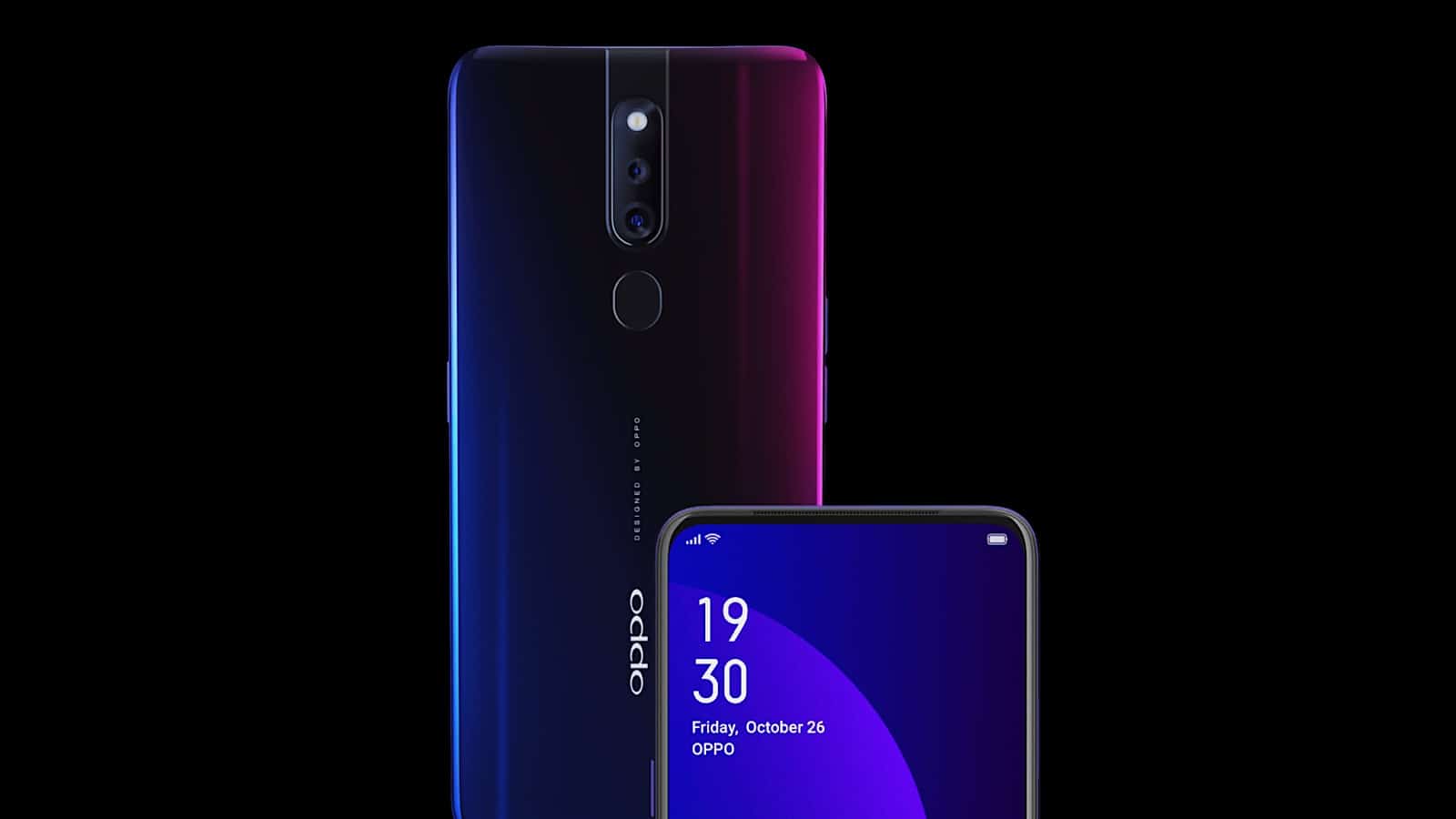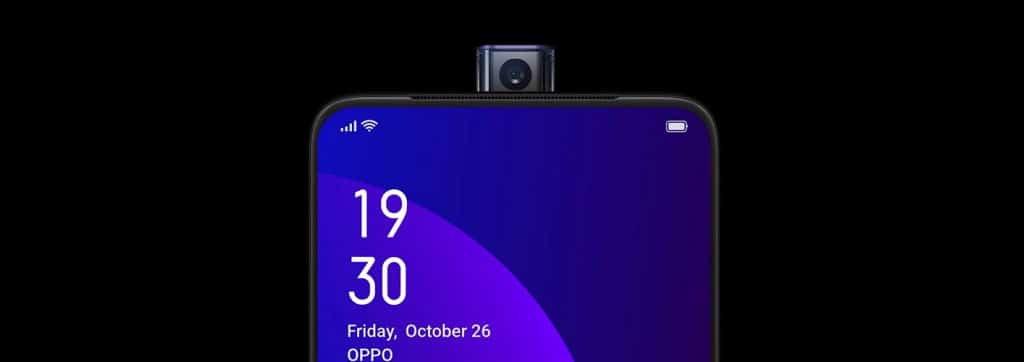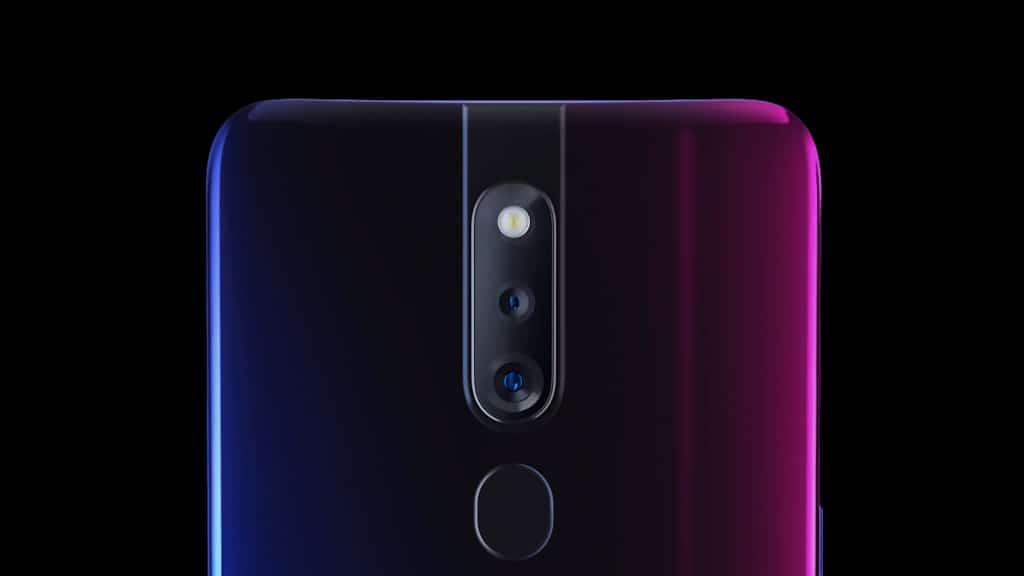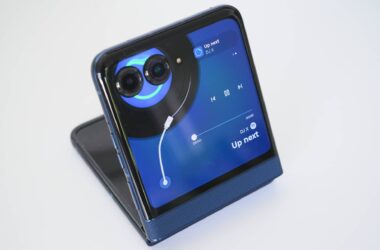After dabbling with a new take on a flagship phone last year, Oppo may have a compromise for folks who want all screen and still a great camera experience coming in the F11 Pro.
As more phones make the jump to a “full-view” style of phone complete with a notch, more companies are trying to work out how to get rid of that screen notch entirely and come up with a phone that it basically all screen.
A bit of a dream for smartphone manufacturers, an all-screen phone can come across to consumers a bit like a device out of the future, where your view to the world of the smartphone and the internet is uninhibited, and not encased by something like the edges of the phone.
Getting there hasn’t been easy, because phone makers need to work out how to deal with parts that would normally sit in those edges, the bezels of the display. Things that we’ve come to expect, like a selfie camera as well as speakers, and maybe a depth sensor if you happen to like augmented reality facial tracking. These are all bits and pieces that should be on the front of the phone if you expect them to, and so making that jump to all-screen, no extra bits can be difficult.

But Oppo tried last year in the Find X, a return to its more flagship-focused range of phones known as the “Find”, which introduced the all-screen idea with a mechanism up the top that moved the camera into place above the edge of the phone when you needed it.
There was a catch, though: the Oppo Find X wasn’t a particularly inexpensive phone, moving away from Oppo’s typically consumer friendly pricing and getting closer to where flagship pricing normally sat.
However, with its latest “F” series device, we might be seeing a compromise.
Oppo has this week announced the F11 Pro, an all-screen device that delivers a 6.5 inch Full HD+ (2340×1080) screen that takes up most of the handset without any obvious bezels. That makes it practically an all-screen phone, and it’s one that Oppo has achieved by implementing the camera in a pop-up model that emerges from roughly the same place as the Find X: the top edge of the phone.
Inside the F11 Pro’s pop-up camera is just the selfie camera, distinct from how the Find X threw both sets of cameras — front and back — in its pop-up section. The F11 Pro may be a little more logical in this way, offering a front-facing 16 megapixel F2.0 camera in the little pop-up section, while keeping the rear cameras always visible on the back.
Those rear cameras are pretty sizeable, too, with Oppo using a 48 megapixel F1.79 camera, alongside a 5 megapixel F2.4 camera we assume is there for depth.
While that might seem like a pretty big burst of specs for a fairly future-focused phone, there are some points to suggest the Oppo F11 Pro is all Oppo has achieved by Oppo has achieved by implementing the camera in a pop-up model that emerges from roughly the same place as the Find X: the top edge of the phone.
Inside the F11 Pro’s pop-up camera is just the selfie camera, distinct from how the Find X threw both sets of cameras — front and back — in its pop-up section. The F11 Pro may be a little more logical in this way, offering a front-facing 16 megapixel F2.0 camera in the little pop-up section, while keeping the rear cameras always visible on the back.
Those rear cameras are pretty sizeable, too, with Oppo using a 48 megapixel F1.79 camera, alongside a 5 megapixel F2.4 camera we assume is there for depth.
While that might seem like a pretty big burst of specs for a fairly future-focused phone, there are some points to suggest the Oppo F11 Pro is more about budgets.
For starters, despite the 48 megapixel sensor size, there’s no 4K video on this device, only a max if 1080p Full HD.
Oppo has also stuck with microUSB as the main connection type instead of USB Type C, and there’s also no NFC for mobile payments, while a MediaTek chip — the Helio P70 — makes an appearance. MediaTek’s Helio chips are relatively powerful, but often a sign that the phone’s performance will be skewed more to budgets, compared with using something like a Qualcomm Snapdragon chip8
There’s also no word on whether Oppo’s F11 Pro will be coming to Australia, so it may not matter, though it could give an indication as to how Oppo plans to make the budget phone even more compelling this year.
Think of it this way: if you had the option of buying a big-screened phone with a big amount of megapixels for a mid-range price, would you necessarily care that it didn’t include NFC or the latest charge port standard?
For now, you might want to put Oppo’s F11 Pro in a “possibly coming soon” category, because this could be Oppo’s next approach for phones that won’t necessarily cost a bundle.









